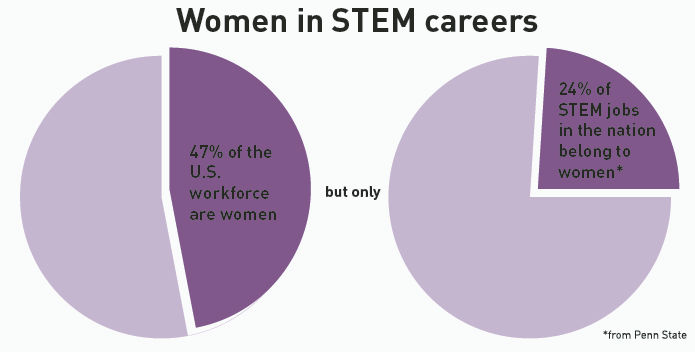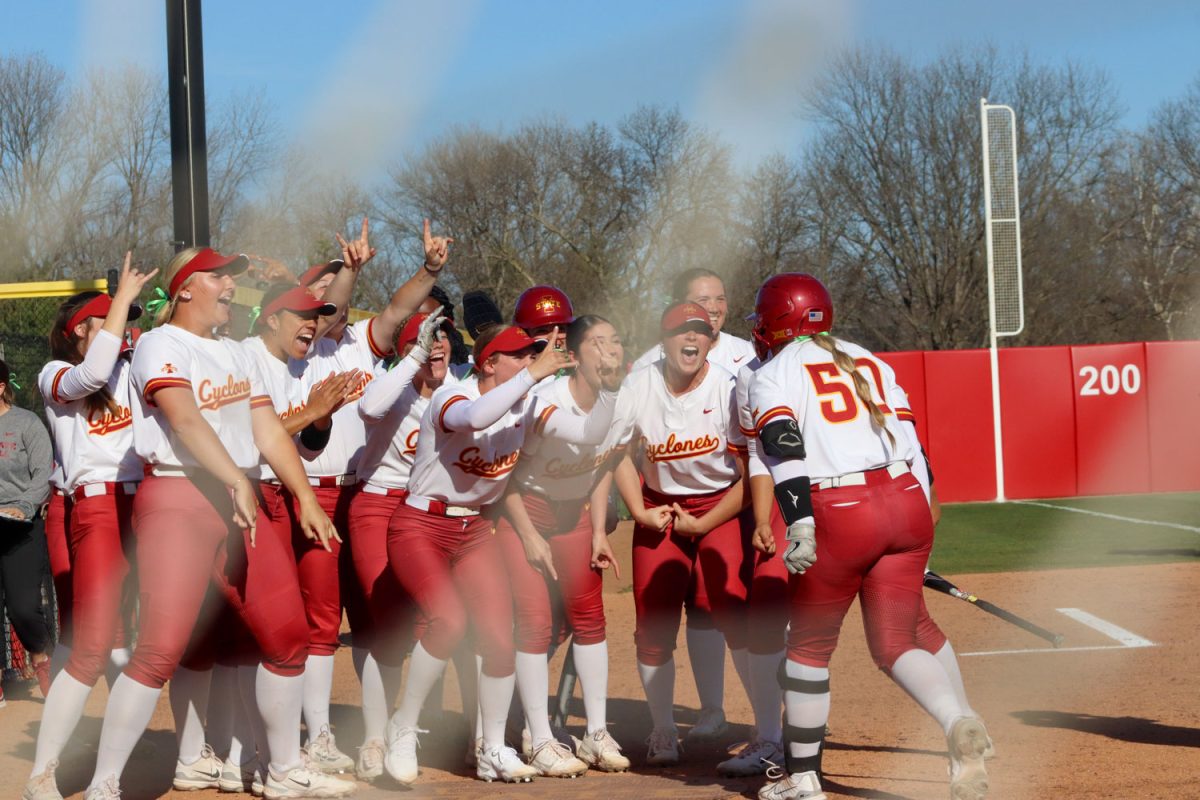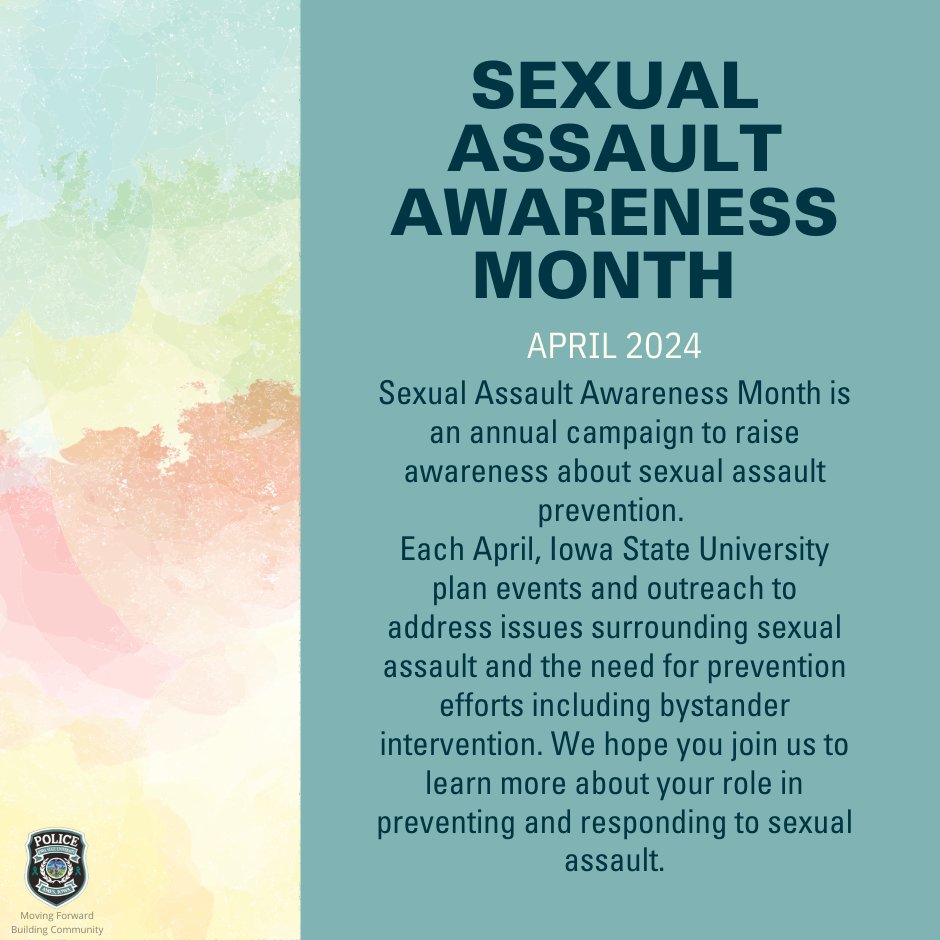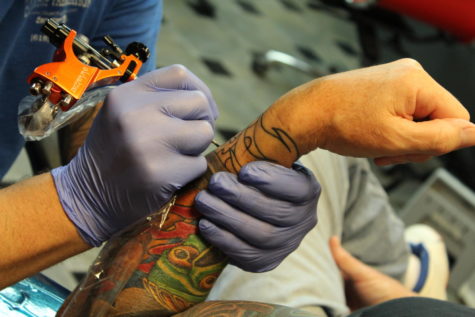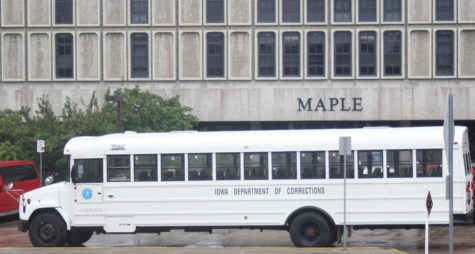Sexual assault statistics, 1995-2013
April 1, 2015
This study compared the characteristics of rape and sexual assault victimization against females ages 18 to 24 who are enrolled and not enrolled in college. The report examines the relationship between the victim and offender, the involvement of a weapon, location of the victimization, reporting to police, perceived offender characteristics and victim demographics. Data is from the National Crime Victimization Survey (NCVS), which collects information on nonfatal crimes, reported and not reported to the police, against persons from a nationally representative sample of U.S. households.
- The rate of rape and sexual assault was 1.2 times higher for nonstudents (7.6 per 1,000) than for students (6.1 per 1,000).
- For both college students and nonstudents, the offender was known to the victim in about 80 percent of rape and sexual assault victimizations.
- Most (51 percent) student rape and sexual assault victimizations occurred while the victim was pursuing leisure activities away from home, compared to nonstudents who were engaged in other activities at home (50%) when the victimization occurred.
- The offender had a weapon in about 1 in 10 rape and sexual assault victimizations against both students and nonstudents.
- Rape and sexual assault victimizations of students (80%) were more likely than nonstudent victimizations (67%) to go unreported to police.
All information courtesy of the Bureau of Justice

